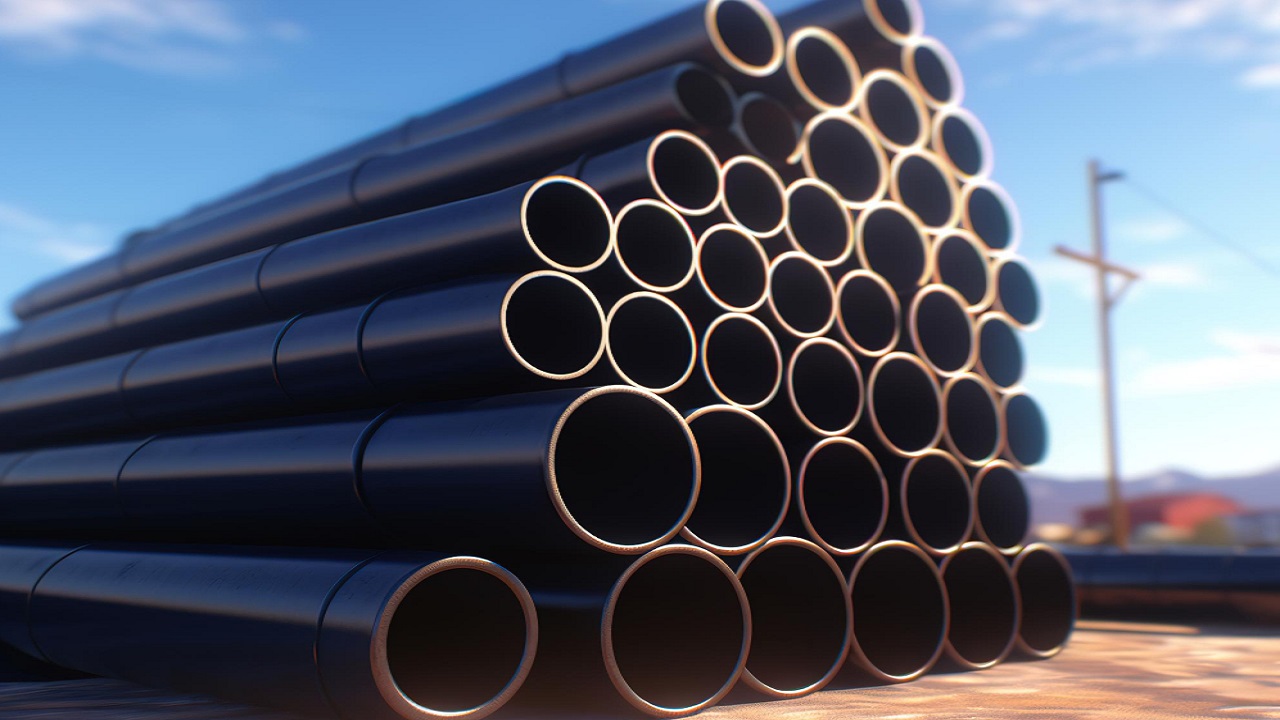In the realm of construction and infrastructure development, the choice of foundational elements such as pipe piles | UNIACERO holds immense significance. These structural components serve as the backbone of various projects, providing stability, support, and durability. However, the selection process is not arbitrary; rather, it requires careful consideration of factors ranging from soil conditions to project specifications. This article delves into the critical importance of selecting the right pipe pile and explores the key factors that influence this decision-making process.
Understanding Pipe Piles
Pipe piles are cylindrical structural elements made of steel or concrete. They are driven deep into the ground to support various structures, including buildings, bridges, and offshore platforms. Pipe piles offer numerous advantages, including high load-bearing capacity, resistance to environmental forces, and ease of installation. However, the effectiveness of these benefits hinges on selecting the appropriate type of pipe pile for a given project.
Consideration of Soil Conditions
One of the primary factors influencing the selection of pipe piles is soil conditions. Different types of soil exhibit varying load-bearing capacities, drainage properties, and corrosiveness, all of which impact the performance of pipe piles. Engineers conduct thorough soil investigations to assess soil composition, density, and stability, thereby determining the most suitable type of pipe pile for the project. Factors such as soil strength, settlement characteristics, and groundwater levels must be carefully analyzed to ensure the long-term stability and integrity of the structure.
Structural Requirements and Design Considerations
In addition to soil conditions, the structural requirements and design considerations of the project play a crucial role in selecting the right pipe pile. Factors such as the magnitude and distribution of loads, environmental forces, seismic considerations, and site constraints must be taken into account. Engineers must also consider factors such as pile diameter, wall thickness, material specifications, and corrosion protection measures to ensure optimal performance and longevity of the pipe piles.
Environmental and Sustainability Considerations
With increasing emphasis on sustainability and environmental stewardship, the selection of pipe piles must also consider the ecological impact of the materials and construction processes. Reputable companies prioritize the use of recycled materials, energy-efficient manufacturing processes, and environmentally friendly coatings to minimize the carbon footprint of their products. Additionally, innovative solutions such as composite materials and hybrid designs offer sustainable alternatives to traditional steel or concrete pipe piles, further enhancing environmental performance.
Cost Considerations and Life Cycle Analysis
While selecting the right pipe pile is crucial for ensuring structural integrity and performance, cost considerations also play a significant role in decision-making. Engineers must conduct life cycle cost analyses to evaluate the total cost of ownership, taking into account initial construction costs, maintenance requirements, and potential risks such as corrosion and deterioration. By considering both short-term and long-term costs, stakeholders can make informed decisions that optimize project outcomes while maximizing value for stakeholders.
Conclusion
In conclusion, the selection of the right pipe pile is a critical aspect of successful construction and infrastructure development projects. By considering factors such as soil conditions, structural requirements, environmental considerations, and cost considerations, engineers can ensure the optimal performance, durability, and sustainability of pipe pile installations. Remarkable companies play a vital role in providing high-quality, innovative pipe pile solutions that meet the diverse needs of modern construction projects while minimizing environmental impact. With careful planning, collaboration, and adherence to best practices, stakeholders can achieve resilient, sustainable, and cost-effective infrastructure that benefits society for generations to come.


